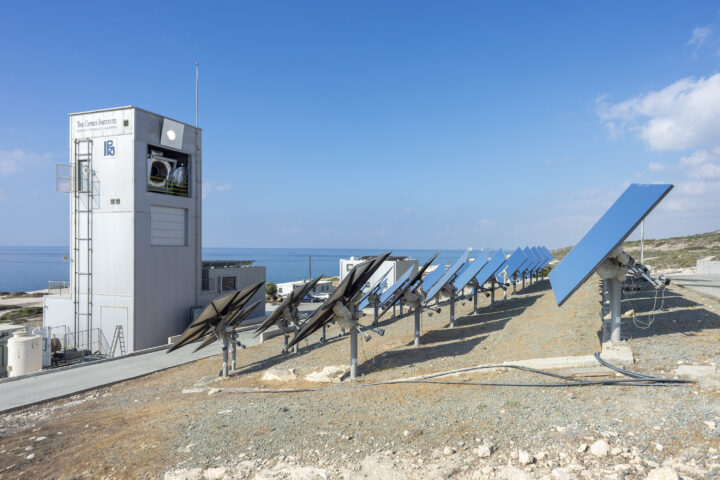Cyprus is eighth from the bottom in the EU for female participation in parliament, as only 22% of MPs are women, compared to the European average of 33%, according to Eurostat data.
It is also ranked eighth lowest in the EU for the share of female government members in 2020 with a rate of 25%.
Critics say this is yet more proof the gender gap is not narrowing, but any improvement in women’s participation in key positions is purely circumstantial and without consistency.
Cyprus’ below-par performance does not sit well as it marked International Women’s Day on Monday, said Director of the Mediterranean Institute for Gender Studies, Susana Pavlou.
“Although one might imagine that 22% of women MPs is an improvement compared to previous years, the truth of the matter is that this increase came about, because male MPs moved on to other posts, or resigned, with the majority of those next in line being women,” Pavlou told the Financial Mirror.
She argued that Cyprus could not boast any improvement in women representation in key positions since independence, as the rate has fluctuated from 0 to 20%.
“When it comes to parliamentary elections, we see the rate stagnated at around 20%.
“However, Cyprus has an overall poor performance when it comes to the gender gap, ranking 111 out of 162 on the last Gender Gap Report issued by the European Institute for Gender Equality.”
Pavlou explained that while women have to deal with barriers such as the lack of social welfare and childcare services, forcing them to stay at home, women are kept away from decision making positions due to lack of political will.
“Gender inequality in key positions is mostly down to the lack of political will from the government on the one hand and the political parties on the other.
“The parties are supposed to be the gatekeepers of democracy, but we do not see them taking any action to promote gender equality.”
Considering the candidate lists of the two major political parties in Cyprus for the May elections, female participation is no more than 25%.
Ruling DISY has 14 women from 56 candidates, while the main opposition party AKEL has 13 women on its ballot.
According to Eurostat, Cypriot women MPs are now at the 2004 EU average, when women accounted for around one-fifth (21%) of members in national parliaments.
While the share of seats held by women in national parliaments varies considerably between EU countries, but no EU country had more women than men MPs.
In 2020, the highest share of female members in national parliaments was in Sweden, where women accounted for almost a half of parliamentarians (close to 50%), ahead of Finland (46%), Belgium (43%) and Spain (both 42%).
At the opposite end of the scale, the lowest shares were recorded in Hungary and Malta (both 13%).
Romania and Czechia follow at 20% and then Slovenia at 21% with Greece and Cyprus at 22%, ranking 7th and 8th from the bottom.
In 2020, Finland had the highest share of female cabinet members (55%), followed by Austria (53%), Sweden (52%), France (51%) and Belgium (50%).
In contrast, the lowest shares were in Malta (8%), Greece (11%) and Estonia (13%).










